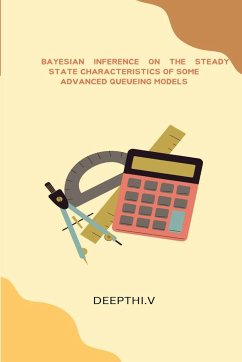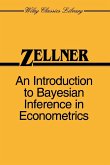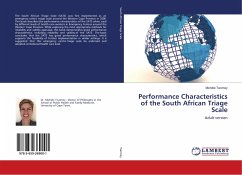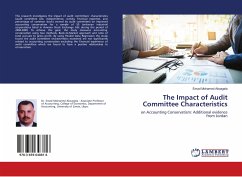Queuing theory is the mathematical study of queuing, or waiting in lines. Queues contain customers such as people, objects, or information. Queues form when there are limited resources for providing a service. A basic queuing system consists of an arrival process (how customers arrive at the queue, how many customers are present in total), the queue itself, the service process for attending to those customers, and departures from the system. Essentials in modern life would not be possible without queueing theory. The purpose of this thesis is to address the inferential problems associated with various single/multi-server queueing models. It is mainly focused on the estimation of queue parameters like arrival rate, service rate and some important steady state queue characteristics such as traffic intensity, expected queue size, expected system size and expected waiting time. The study of queueing model is basically motivated by its use in communication system and computer networks. The development of an appropriate stochastic models is one of the major problem associated with the study of communication systems as it requires more and more sophistication to manage their complexity. Queueing theory was developed to provide models to predict the behavior of the systems that attempt to provide service for randomly arising demand. The earliest problems studied were those of telephone traffic congestion. The pioneer investigator was the Danish mathematician, A. K. Erlang, who, in 1909, published "The theory of Probabilities and Telephone Conversations". In later works he observed that a telephone system was generally characterized by either Poisson input, exponential service times, and multiple servers, or Poisson input, constant service times, and a single channel. There are many valuable applications of the theory, most of which have been well documented in the literature of probability, operations research, management science, and industrial engineering. Some examples are traffic flow (vehicles, aircraft, people, communications), scheduling (patients in hospitals, jobs on machines, programs on a computer), and facility design (bank, post offices, amusement parks, fast-food restaurants).








